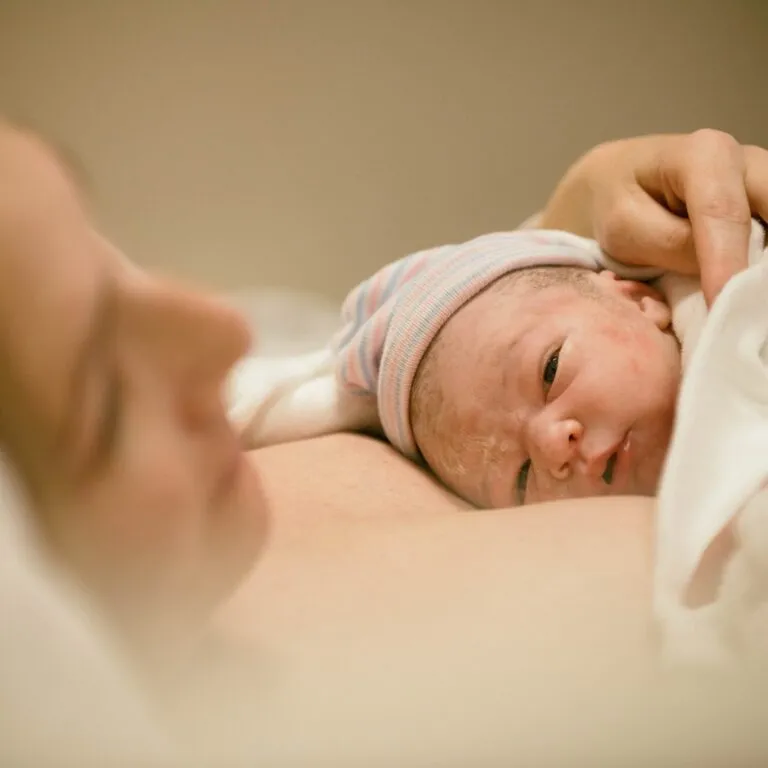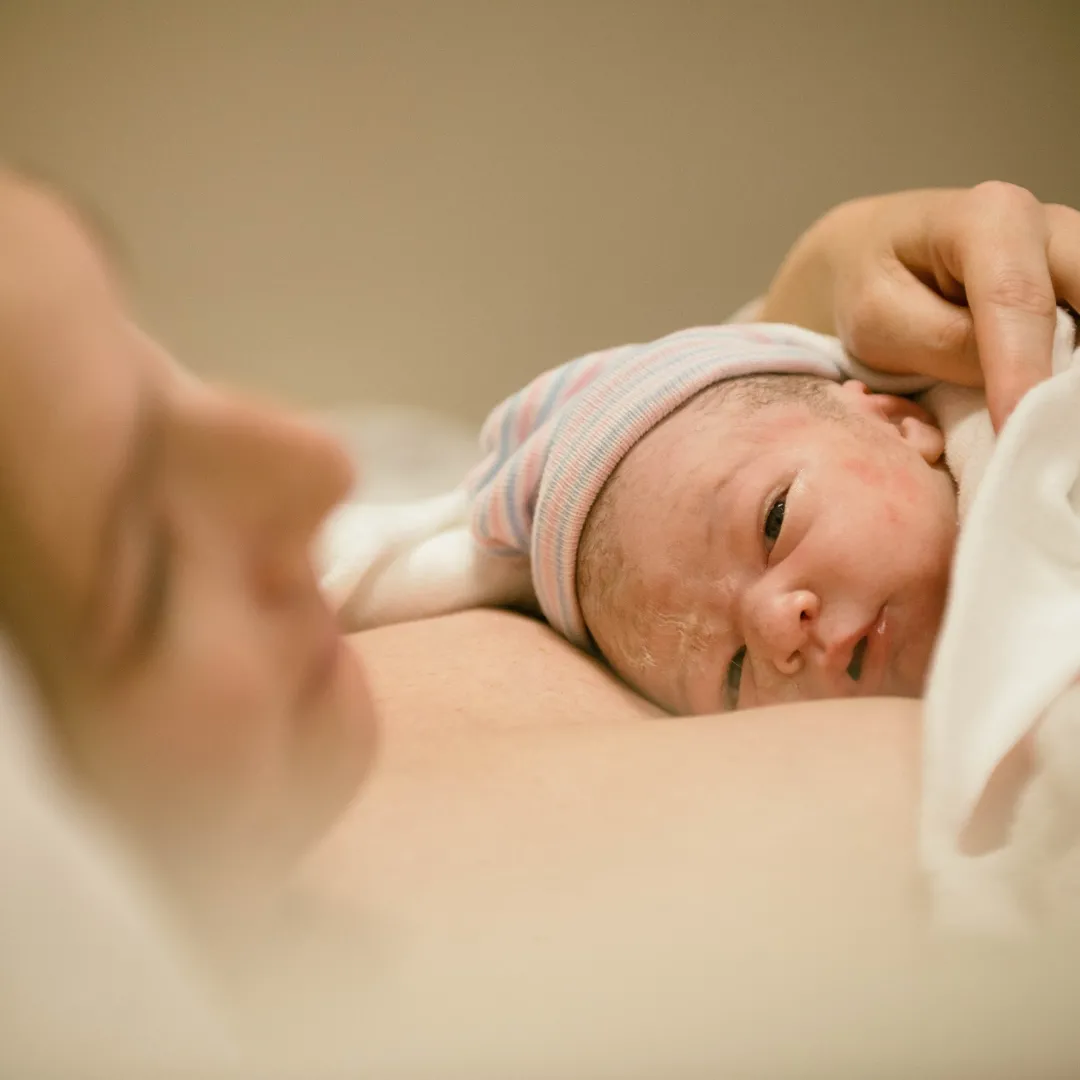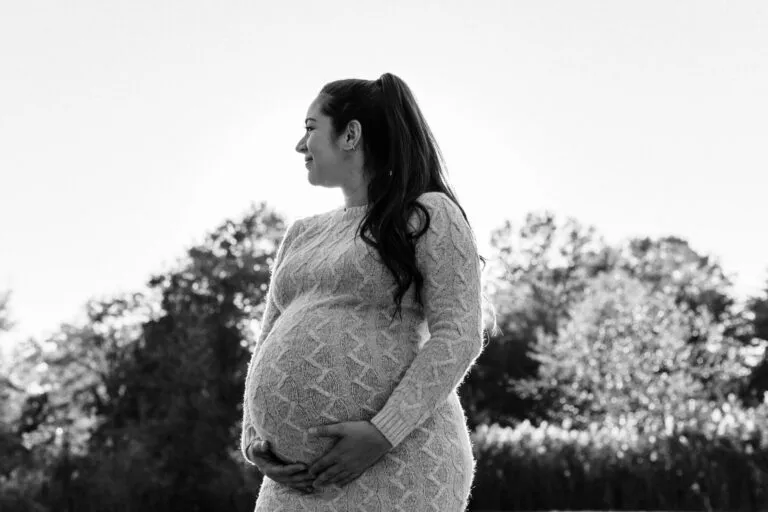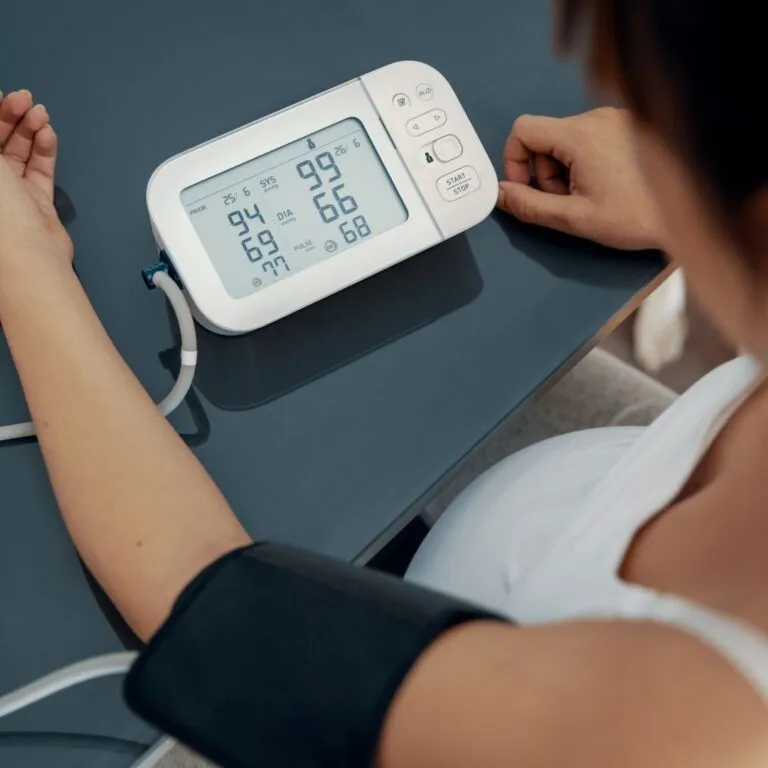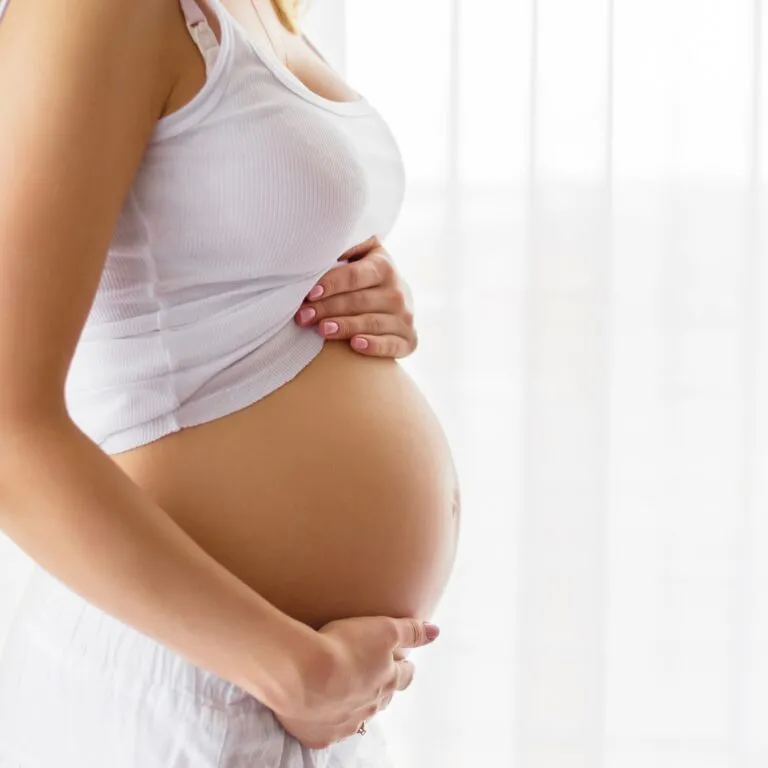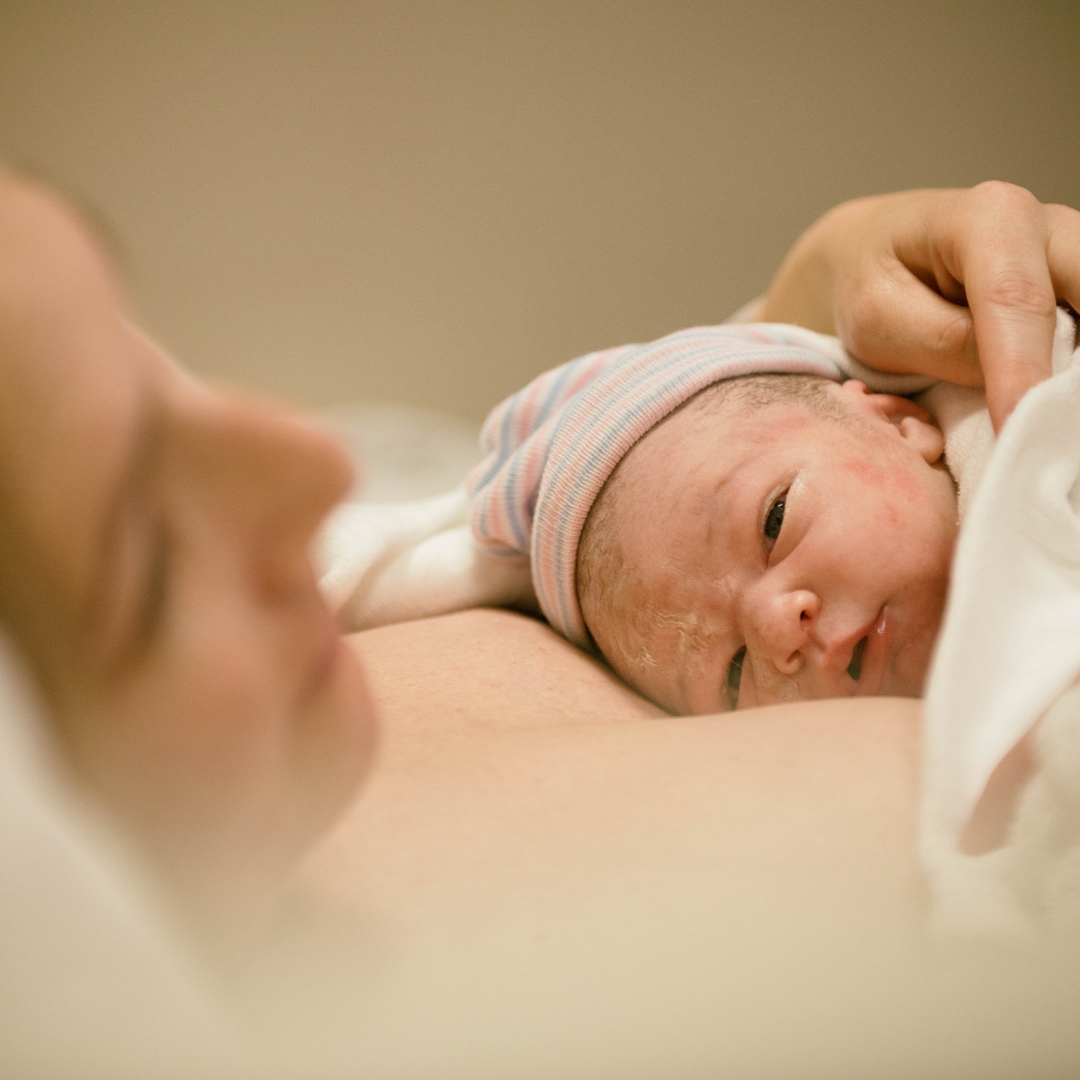
Postpartum haemorrhage (also commonly known as PPH), as the name suggests, is a condition that can occur after childbirth, rather than during pregnancy itself. It involves excessive bleeding following the birth of a baby and is one of the most common complications in the postpartum period. PPH can happen within the first 24 hours after delivery (primary PPH) or up to several weeks later (secondary PPH), and it requires prompt treatment to ensure the safety and well-being of the mother.
Today, we’re explaining the causes, risk factors, symptoms, and treatments available for postpartum haemorrhage, as well as what you can do to reduce your risk.
What is Postpartum Haemorrhage?
Postpartum haemorrhage in the most simple terms is heavy bleeding after the birth of your baby. It can occur in the first 24 hours after birth or later.
What is the difference between Postpartum Haemorrhage and normal bleeding after birth?
After your baby is born, whether that is vaginally or by caesarean section, it is normal to have bleeding. This bleeding comes from the site where your placenta detached from your uterus, but can also be as a result of cuts and tears that have occurred during the birth of your baby. This bleeding is called lochia and lasts for several weeks after you have given birth – it may be up to 8 weeks, but is heaviest at the beginning and gradually gets lighter.
Postpartum haemorrhage is the name given when the bleeding after birth is especially heavy. If it is more than 500ml (1 pint) in the first 24 hours, this is known as a primary PPH. If it is more than 1000ml, it is a major primary PPH. Secondary PPH is when heavy bleeding occurs between 24 hours and 12 weeks after birth.
What are the risks of Postpartum Haemorrhage?
Postpartum haemorrhage can be serious as excessive blood loss can lead to shock or organ damage if not treated promptly. The most common risk of PPH is that the loss of a lot of blood can lead to anaemia, which can cause more extreme fatigue than is normal after giving birth.
Am I at risk of Postpartum Haemorrhage?
Postpartum haemorrhage can occur as a result of several risk factors, including uterine atony (where the uterus fails to contract properly after childbirth), retained placenta, trauma during delivery, and pre-existing clotting disorders. Prolonged labour, multiple births (twins or more), high blood pressure, infections, or a history of PPH can increase the risk.
Your personal risk of PPH may increase if you have certain conditions or pregnancy factors, including:
- A history of postpartum haemorrhage in previous births
- Placenta previa, where the placenta covers the cervix
- Multiple pregnancies (e.g., twins or triplets)
- Pre-existing high blood pressure or clotting disorders
- Uterine overdistension (often due to larger babies or excess amniotic fluid)
- Labour complications, such as prolonged labour or needing to induce or speed up labour
Your midwife will discuss all these factors with you before giving birth so that you and your healthcare providers are prepared to monitor and assist you if needed.
What is the treatment for Postpartum Haemorrhage?
Treatment for PPH focuses on stopping the bleeding and stabilising the mother. Initial treatments typically include:
- Uterine massage to stimulate contraction
- Medications to encourage uterine contractions, such as oxytocin
- Removing any remaining placenta tissue if necessary
- Blood transfusions in cases of significant blood loss
In more severe cases, surgical options may be required to stop the bleeding. Your midwives and doctors will monitor blood pressure, heart rate, and blood levels closely to manage symptoms and ensure a swift recovery.
Does Postpartum Haemorrhage affect the ability to collect cord blood?
There is a chance that postpartum haemorrhage can affect cord blood collection, however most of the time, it does not impact it. This is because the cord blood is usually collected shortly after the birth of your baby, before the placenta is delivered which is usually when the heaviest bleeding occurs. Unless there are significant complications in your birth where the mother’s condition needs to be quickly stabilised, the cord blood should be able to be collected. Even in this case, cord blood collection can usually still proceed as it is very brief and minimally invasive, and the person who is tasked with collecting the cord blood will not usually be involved in stabilising the mother.
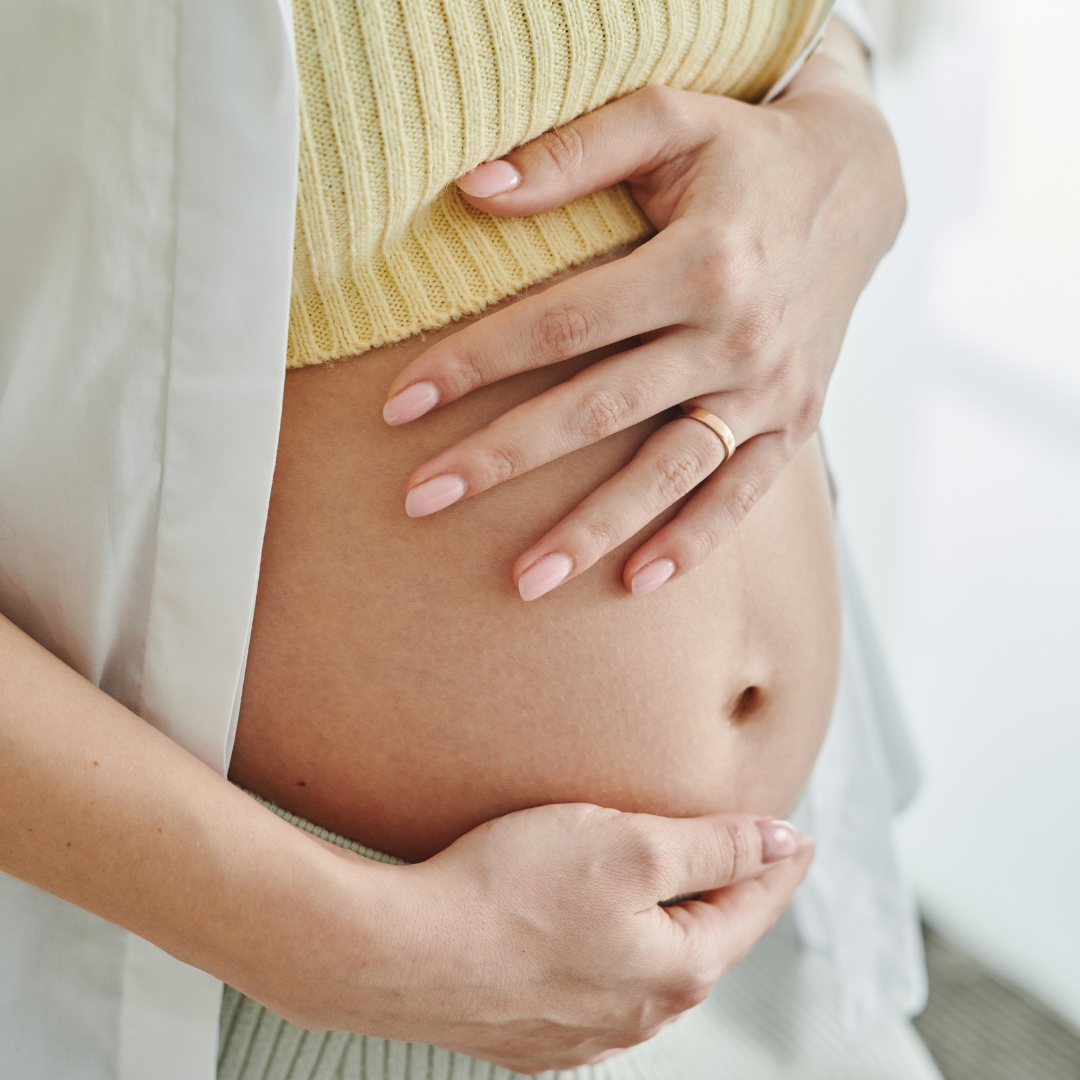
Rate this article:



